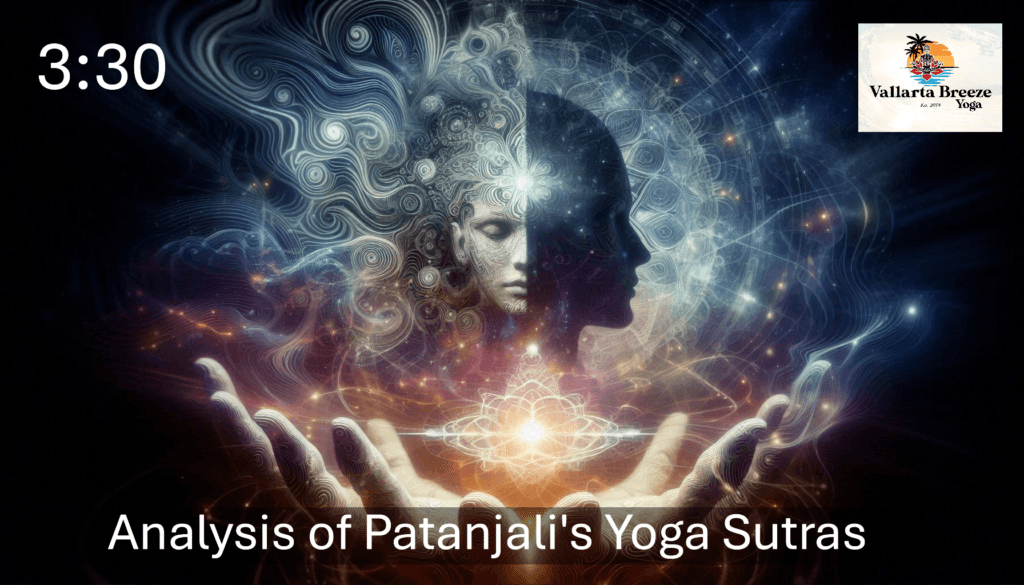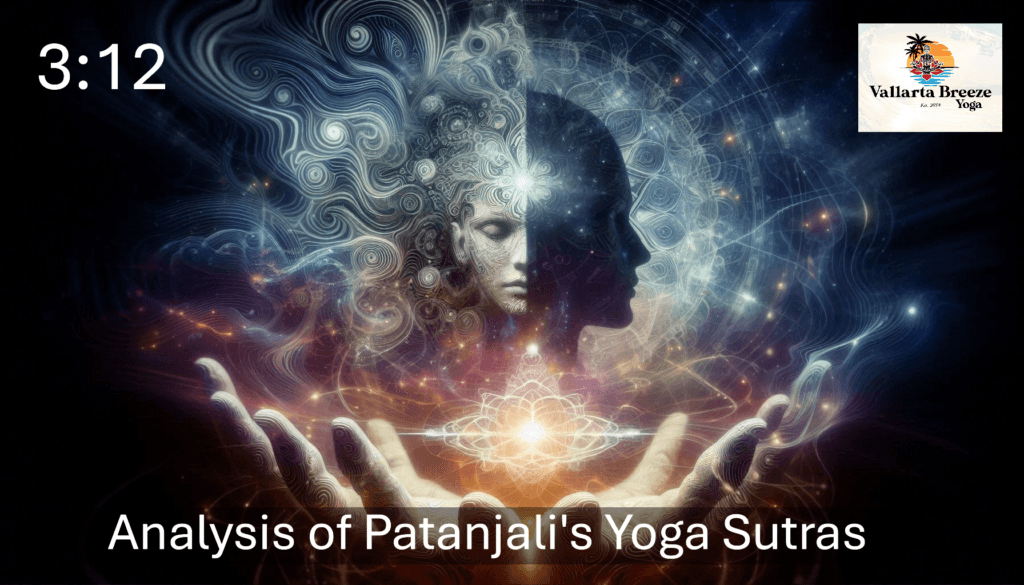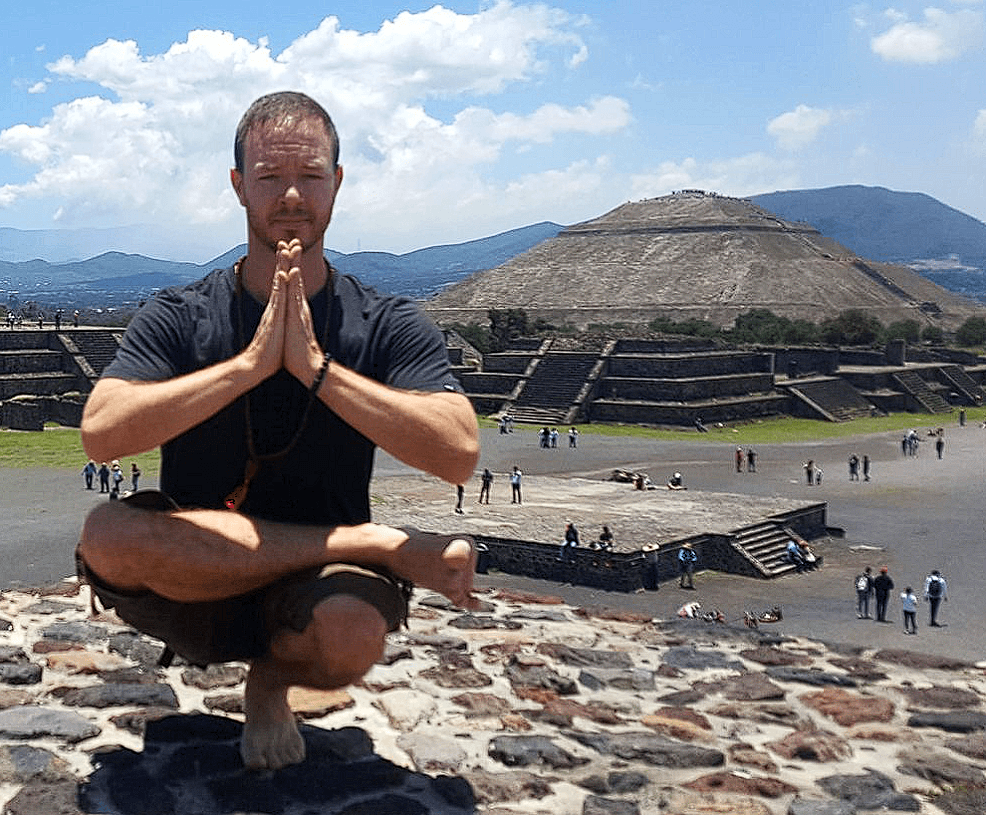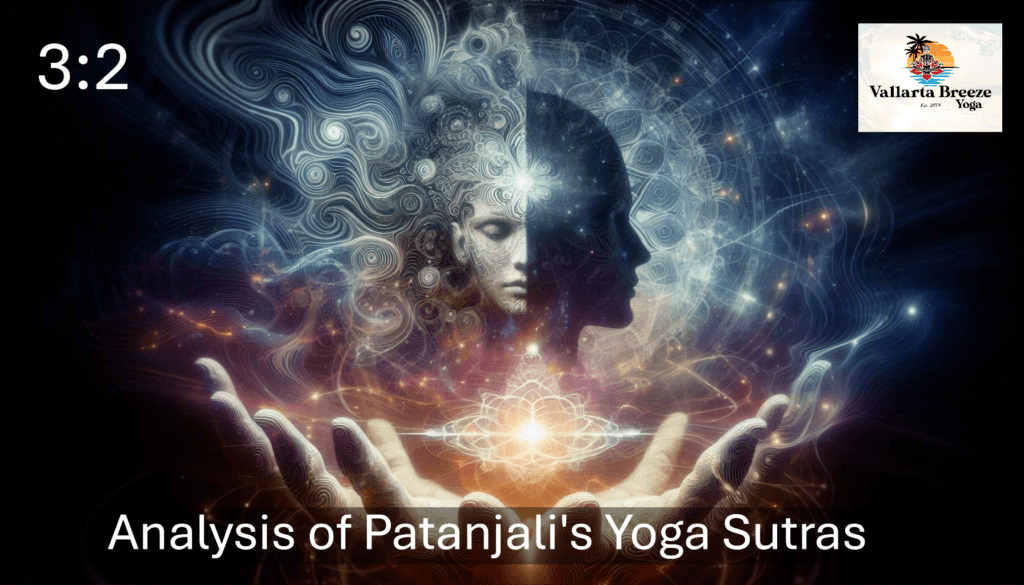Yoga Sutra 3.30 | Nabhichakre kāya-vyūha-jñānam
Yoga Sutra 3.30 | Nabhichakre kāya-vyūha-jñānam Yoga Sutra 3.30 in Context Sanskrit Text: नाभिचक्रे कायव्यूहज्ञानम्।(Nabhichakre kāya-vyūha-jñānam.) Literal Translation: “By Samyama on the navel center (nabhi-cakra), knowledge of the arrangement of the body is gained.” In Yoga Sutra 3.30, Patanjali explains how focused meditation on the navel center provides insight into the structure and arrangement of […]
Yoga Sutra 3.30 | Nabhichakre kāya-vyūha-jñānam Read More »
Education Sutras Yoga





























